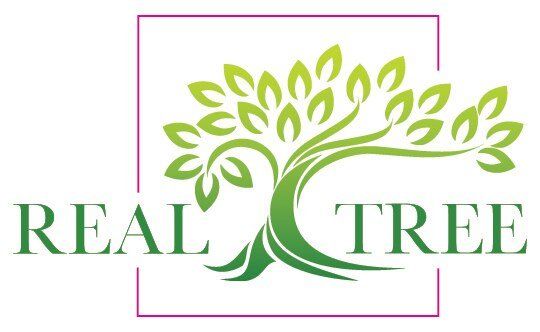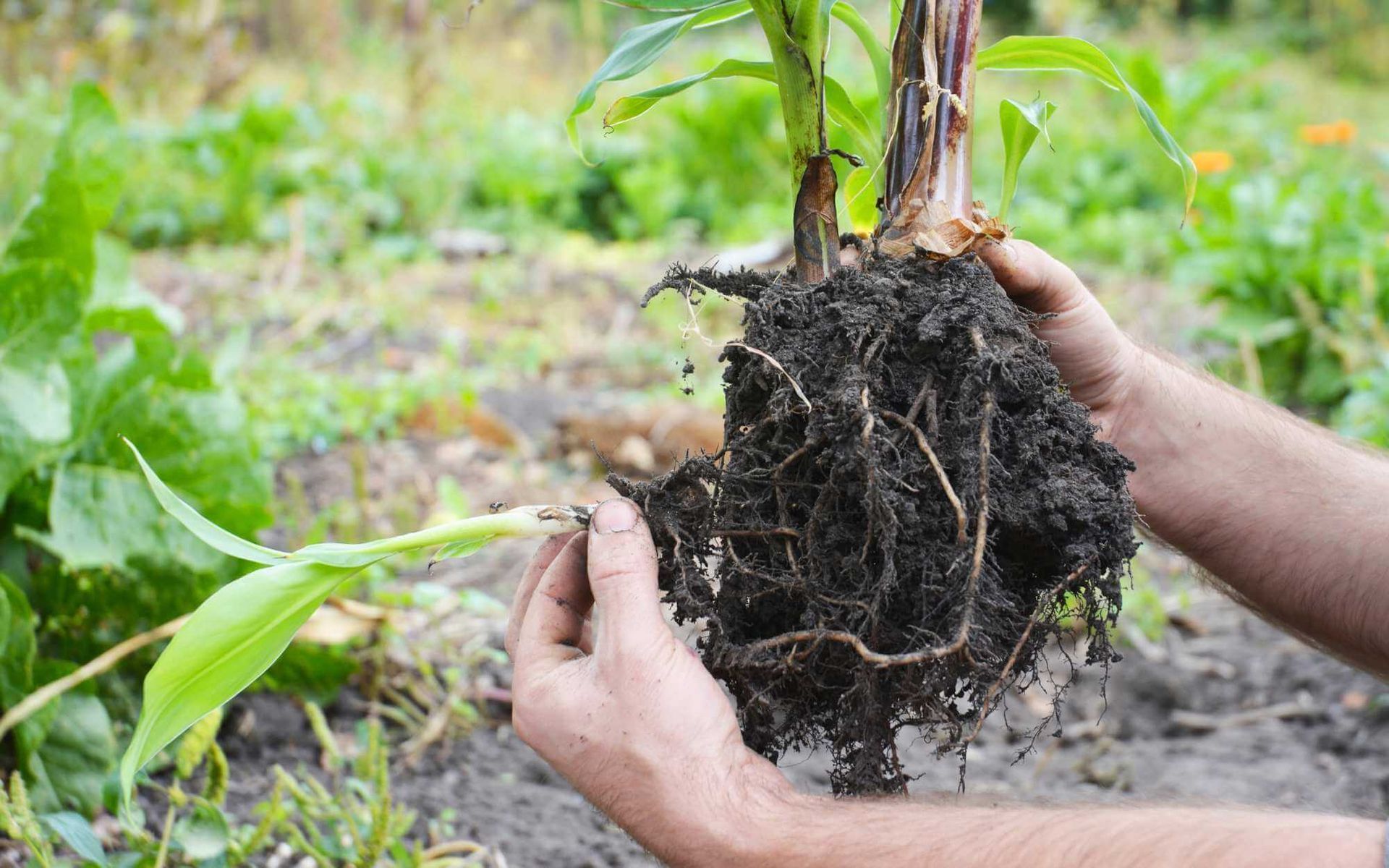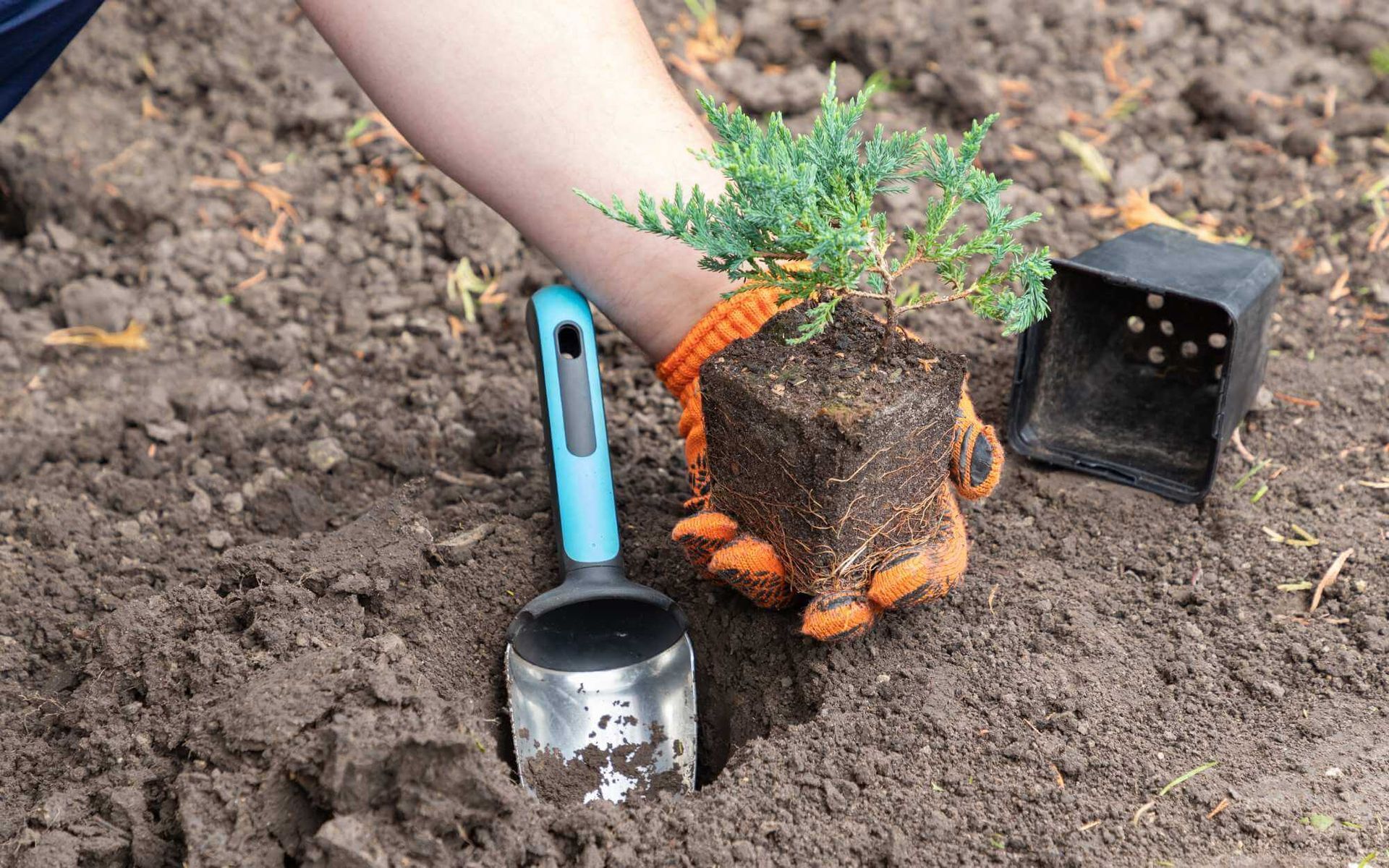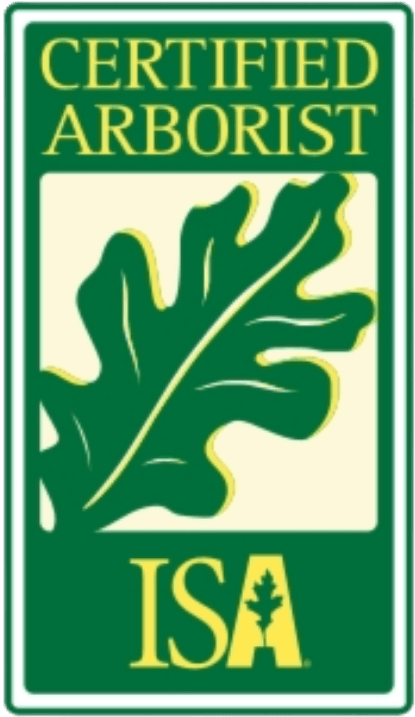Enhancing Light and Airflow with Tree Canopy Thinning
PUBLISHED ON
SHARE THIS ARTICLE

One aspect that is often overlooked yet critical to the health and beauty of your garden is the balance of light and airflow. These are not just vital for our health and well-being, but also for the flourishing of plant life. Too much shade can inhibit growth, and insufficient airflow can lead to a buildup of harmful pathogens.
Here's where
tree canopy thinning comes into the picture, an essential gardening practice that ensures adequate light and air penetration. This not only optimizes your plant's growth potential but also contributes to the overall lush and vibrant aesthetic of your garden. Join us as we delve deeper into the art and science of tree canopy thinning.
Exploring the Concept of Tree Canopy Thinning
Tree canopy thinning is the selective removal of branches and foliage from a tree's crown, improving light penetration and airflow. This purposeful practice aims to enhance the health, structure, and aesthetics of the tree, while also benefitting the surrounding plant life.
The increased light allows photosynthesis to occur more efficiently, promoting stronger and quicker growth. Improved airflow helps prevent the build-up of moisture that can encourage fungal diseases, and may also strengthen the tree's resistance to wind damage.
Therefore, tree canopy thinning serves as a pivotal gardening strategy, leading to a healthier, more vibrant garden ecosystem.
Maximizing Light with Tree Canopy Thinning
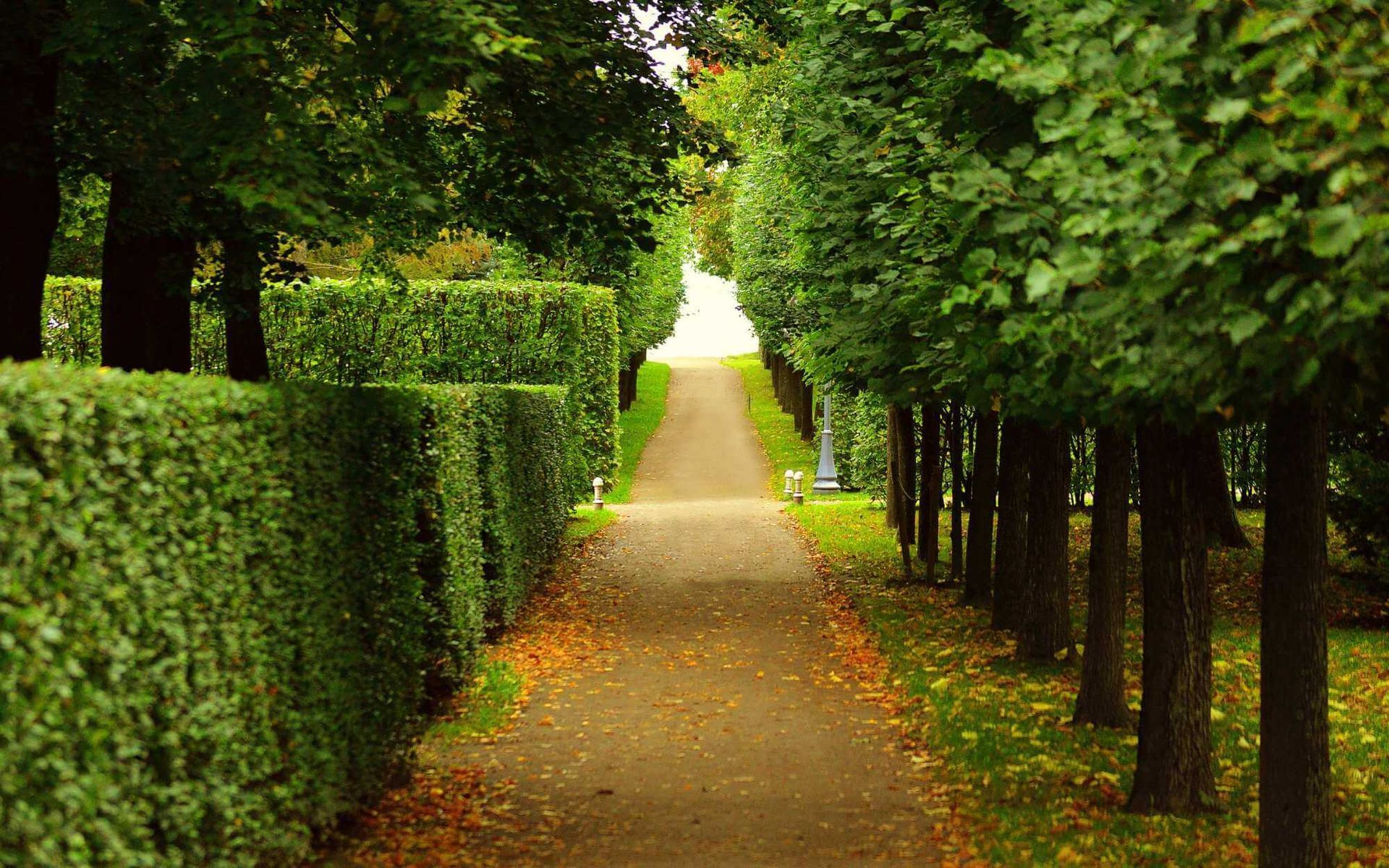
Thinning the tree canopy is an effective strategy to increase sunlight penetration. By selectively removing branches and foliage, more light can reach the ground, thus illuminating dim landscapes.
The thinning process removes unnecessary or overcrowded branches, eliminating shadow-casting elements and allowing more sunlight to filter through. This strategic pruning reveals the more open, airy structure of the tree, permitting light to stream unhindered from the top to the lower sections of the garden.
The increased sunlight penetration resulting from tree canopy thinning has numerous positive effects:
- Promotes photosynthesis: More sunlight enables plants to produce more energy, leading to vigorous growth.
- Enhances aesthetics: Sunlight lends vibrancy to the landscape, accentuating the colors of flowers and foliage.
- Improves mood: Sunlit spaces can elevate mood and provide a sense of well-being.
- Maximizes space utility: Well-lit outdoor areas are more usable for activities like reading, gardening, or outdoor dining.
- Encourages biodiversity: Sunlit gardens can attract a diverse range of flora and fauna.
Improving Airflow through Tree Canopy Thinning
Tree canopy thinning is instrumental in promoting better air circulation. It involves the strategic pruning of tree limbs and foliage, which opens up congested tree crowns and permits air to move freely through and around the tree.
This increased airflow can minimize the accumulation of stagnant air and moisture, both of which can encourage the growth of harmful pathogens. By enhancing air circulation, tree canopy thinning creates a healthier environment for the tree, surrounding plants, and the garden’s overall ecosystem.
The impacts of improved airflow due to tree canopy thinning are manifold:
- Enhances plant health: Improved airflow reduces the risk of fungal diseases and pest infestations that thrive in stagnant, moist conditions.
- Promotes comfort: Well-circulated outdoor areas feel more refreshing and comfortable, improving the overall enjoyment of the garden.
- Boosts environmental health: Good airflow encourages healthier plant growth, contributing to a more robust and biodiverse ecosystem.
- Reduces heat: Air circulation can help disperse heat, making the garden more comfortable in hot weather.
- Improves tree resilience: Trees with a thinned canopy can better withstand wind damage, as air flows more easily through the branches rather than pushing against them.
Practicing Effective Tree Thinning
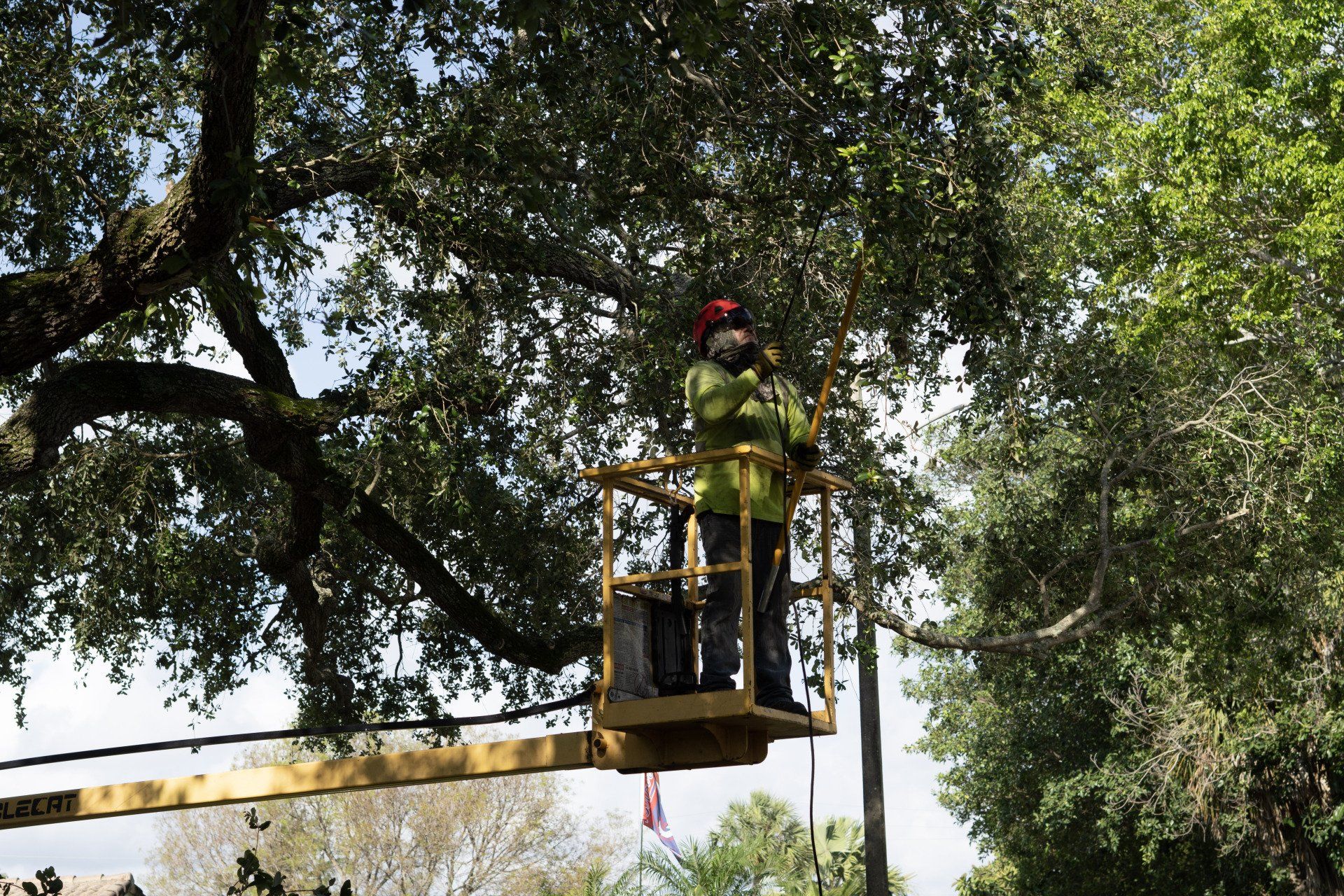
When thinning a tree canopy, remember it's not about removing a significant amount of foliage, but about strategic pruning for maximum light and airflow.
Over-thinning can lead to sunburn on trees and shrubs. Focus on removing dead, weak, or crossing branches to improve the tree's structure.
For large trees or those near the property, consider hiring a professional arborist. They have the expertise and equipment to perform the task safely and efficiently. Ensure they have appropriate certification and insurance, and that they adhere to industry standards for tree care safety.
Remember, effective tree pruning maintains the tree's natural shape, promotes tree health, and enhances your garden's beauty.
Tree Trimming for Light and Airflow
Enhancing light and airflow through tree canopy thinning promotes plant health, boosts biodiversity, and creates vibrant outdoor spaces. It mitigates risks of disease and wind damage while improving the comfort and utility of your garden.
As this requires strategic pruning, consider seeking help from
tree service pros. Their expertise ensures both the safety and the aesthetic appeal of your garden. Explore tree canopy thinning today, for a greener tomorrow!
Want a free quote or some friendly advice? Call our team today:

